Slow-Cooked Chipotle BBQ Chicken Sandwiches
Use this sauce to marinate chicken for the grill or to simmer with cooked beans. I like to serve these sandwiches with homemade gluten-free buns (below), mustard, lettuce, and pickles. View Recipe >
Recipe
I like to serve these with homemade gluten-free buns, mustard, lettuce, and pickles.
- 2 to 3 pounds organic chicken breasts (about 4)
- 2 cups Chipotle Barbecue Sauce
- Sea salt and pepper to taste
- 1 tablespoon arrowroot powder
Place the chicken breasts and barbecue sauce into a small crockpot. Cover and cook on high for 3 hours or on low for 6 hours. Remove chicken from crockpot and place onto a plate. Use two forks to shred the chicken.
Place the arrowroot powder into a small bowl, add a few tablespoons of water and mix together. Pour mixture into the crockpot with the sauce. Whisk together. Add the shredded chicken back into the pot, cover, and cook for another 30 minutes. Taste, and add salt and pepper as needed.
Gluten-Free Buns
Sprouted brown rice flour works particularly well for this recipe, but any combination of gluten-free flours will work. If you desire, sprinkle the tops of the buns with sesame seeds before rising. View Recipe>
Recipe
I like to use sprouted brown rice flour in this recipe but any combination of gluten-free flours will work. If desired, sprinkle the tops of the buns with sesame seeds before rising.
- Wet Ingredients:
- 2 cups warm water (105 to 110 degrees F)
- 1 tablespoon active dry yeast
- 1 teaspoon maple syrup or organic cane sugar
- 2 tablespoons extra virgin olive oil
- 1 tablespoon maple syrup or honey
- ½ cup ground golden flax seeds
- ¼ cup whole psyllium husks
- Dry Ingredients:
- 2 ¼ cups brown rice flour
- ¾ cup arrowroot powder or tapioca flour
- 1 ½ teaspoons sea salt
Place the warm water in a bowl or 4-cup liquid glass measure. Add the yeast and teaspoon of maple syrup, whisk together. Let rest for 5 to 10 minutes to activate the yeast. The mixture should get foamy or bubbly. If not, dump it out and start over. While the yeast is activating, mix together the dry ingredients in a large bowl.
After the yeast is activated whisk in the olive oil, additional maple syrup, ground flax seeds, and psyllium husks into the water-yeast mixture. Let stand for 1 to 2 minutes to let the flax and psyllium release their gelatinous substances. Whisk again.
Pour the wet ingredients into the dry and mix together with a large wooden spoon until thick. Turn dough out onto a floured wooden board. Add more flour, a little at a time, until the dough holds together and isn’t too sticky.
Divide dough into six to eight equal-sized balls. On the floured board, roll each piece of dough into a nice round ball. Place each bun onto a parchment-lined cookie sheet, and set in a warm spot to rise. I like to place it on top of a large pan filled partially with water that is set on the stove on low heat. Let rise for 60 minutes.
Preheat oven to 375 degrees F. Bake buns for about 35 minutes or until done. Cool completely, then slice in half.
Yield: About 10 breadsticks
-
Potato Salad with Radishes and Chives
A creamy, dairy-free dressing made from shelled hemp seeds and raw cashews makes this incredibly nutritious, full of omega-3 fatty acids and magnesium. The dressing, once chilled in the fridge for a few hours, also makes a great dip for raw vegetables. View Recipe >
Recipe
This potato salad has a creamy dairy-free dressing made from shelled hemp seeds and raw cashews. It is incredibly nutritious, full of omega-3 fatty acids and magnesium. The dressing, once chilled in the fridge for a few hours, also makes a great dip for raw vegetables. If you cannot find purple potatoes, use red or yellow potatoes instead. For more flavors, add about one cup of chopped pickles. I like to use my own homemade lacto-fermented pickles. If you don’t make your own then we suggest using the Bubbies brand, a naturally fermented pickle.
- Salad:
- 2 ½ pounds purple potatoes
- 1 to 2 bunches radishes, thinly sliced
- 1 cup chopped parsley
- ½ cup snipped chives
- Freshly ground black pepper
- Dressing:
- ¾ cup raw cashews
- 6 tablespoons hemp seeds
- ¾ cup water
- 3 tablespoons extra virgin olive oil
- 3 tablespoons apple cider vinegar
- 1 to 2 cloves garlic
- ½ to 1 teaspoon Herbamare
- 1 to 2 teaspoons dried dill
Place the whole purple potatoes in a pot of water. Bring to a boil and cook for about 15 minutes or until tender. Watch carefully as timing will depend on the size of your potatoes. You don’t want to overcook potatoes or they will become waterlogged and mushy for the salad.
Once cooked place onto a plate to cool, then cut into chunks for the salad. I always leave the peels on. Place the potato chunks into a large bowl and add the remaining salad ingredients.
To make the dressing, add all ingredients, except dill, to a high-powered blender and blend until ultra smooth and creamy. Taste and add more Herbamare if necessary. Add the dried dill and turn the blender to low speed for a few seconds to incorporate it. Pour dressing over salad and gently toss together. Cover and refrigerate until ready to serve. The salad is best served at room temperature.
Yield: 6 servings
-
Cabbage Slaw
For a more colorful slaw, use half of a head of green and red cabbage. You can prep the slaw up to two days before you plan on serving it—just keep the dressing and chopped almonds separate. Right before serving, add the dressing and almonds. View Recipe >
Recipe
For a more colorful slaw, use half of a head of green and red cabbage. You can prep the slaw up to two days before you plan on serving it, just keep the dressing and chopped almonds separate. Right before serving, add the dressing and almonds.
- 1 medium head red or green cabbage
- 4 large carrots, shredded
- 1 cup snipped fresh chives or sliced green onions
- 1 cup chopped raw almonds
- Dressing:
- ¼ cup extra virgin olive oil
- ¼ cup raw apple cider vinegar
- 1 to 2 teaspoons Dijon mustard
- 1 teaspoon sea salt or Herbamare
- Freshly ground black pepper
Cut the head of cabbage in half. Cut out the center, close to the stem. Then take a large knife and thinly slice the cabbage. Place into a large bowl. Add the shredded carrots, chives, and almonds.
In a separate small bowl, whisk together the dressing ingredients. Pour the dressing over the cabbage and toss together. Serve immediately.
-
Apple Cider Baked Beans
Baked beans freeze well, so if you have leftovers you cannot finish within a few days, freeze the remainder in portion-sized containers. Just reheat in a small, covered saucepan on the stove. View Recipe >
Recipe
Baked beans freeze well, so if you have leftovers you cannot finish within a few days, freeze the remainder in portion-sized containers. Just reheat in a small, covered saucepan on the stove.
5 to 6 cups cooked cannellini beans, drained and rinsed.
- Sauce:
- 2 to 3 tablespoons extra virgin olive oil
- 1 medium onion, chopped
- 4 to 6 cloves garlic, crushed
- 1 ½ cups organic apple cider
- 1 cup tomato sauce
- ½ cup coconut sugar
- ¼ cup apple cider vinegar
- 2 tablespoons blackstrap molasses
- 1 to 2 teaspoons dry yellow mustard powder
- 1 tablespoon smoked paprika
- 2 teaspoons Herbamare
Preheat the oven to 375 degrees F. Place the drained and rinsed cannellini beans into a large casserole dish.
Heat a 10-inch skillet over medium heat. Add the olive oil and onions; sauté for 5 to 10 minutes until very soft and beginning to change color. Add the garlic and sauté a minute more. Scrape onions, garlic, and oil from pan into the casserole dish with the beans. Add the remaining ingredients for the sauce to the casserole dish. Gently stir together.
Bake covered for about 1 hour. Then remove the lid, stir, and bake uncovered for another 30 to 45 minutes. Taste and adjust salt and seasonings if necessary. Serve warm.
Yield: 8 to 10 servings
Grain-Free Chocolate Walnut Brownies
With a food processor, this grain-free brownie recipe can be whipped up in a snap! No need to add any extra oil or butter because the ground walnuts provide plenty of fats—and heart healthy ones at that. Serve brownies with one of our coconut ice cream recipes for a decadent dessert treat! View Recipe >
Recipe
This grain-free brownie recipe can be whipped up in a snap! Only a food processor is needed, meaning not too many dishes to wash! There is no need to add any extra oil or butter because the ground walnuts provide plenty of fats—and heart healthy ones at that. Serve brownies with one of our coconut ice cream recipes for a decadent dessert treat.
- Dry Ingredients:
- 2 cups raw walnuts
- ⅓ cup cocoa powder
- ½ teaspoon baking soda
- ¼ teaspoon sea salt
- Wet Ingredients:
- 2 large organic eggs
- ½ cup maple syrup
- 1 tablespoon vanilla
Preheat oven to 350 degrees F. Grease an 8 x 8-inch glass baking dish with coconut oil.
Place the walnuts into a food processor fitted with the “s” blade. Process until very finely ground, stopping just before they turn into nut butter. Then add the remaining dry ingredients and pulse again to combine. Add the wet ingredients and process again until smooth. You will still have tiny chunks of walnuts visible and this is fine.
Pour batter into baking dish. Spread evenly into pan with a rubber spatula or spoon. Bake for 25 minutes. Cool for about 20 minutes before slicing.
Yield: 16 servings
Variation: Replace the walnuts with raw pecans.
What are the Benefits of Removing Genetically-Modified Foods from Your Diet?
More and more foods here in the U.S. are containing genetically-modified ingredients, yet there have still been no studies to evaluate their effect on our health. Biotech companies claim that genetically-modified foods increase crop yields, increase food nutrition, and decrease pesticide use...but unfortunately, the opposite appears to be proving true.
Go GMO-free and decrease your exposure to pesticide: One study in Germany found that levels in urine of glyphosate—the most common active substance in herbicides, including Monsanto's RoundUp—were 5-20 times the legal limit for that of glyphosate in drinking water. So going GMO-free can reduce your exposure to pesticide residue that is finding its way into our food supply.
Go GMO-free and increase your nutritional intake: Genetically-modified foods—which were supposed to increase nutritional content in foods—have actually resulted in less nutritional value in GM foods. If you are ready to remove genetically-modified foods and RoundUp-ready crops from your diet, the best solution to increasing nutritional content is to eat organic whole foods free from the most commonly genetically modified foods: corn, canola, soy, cottonseed, and sugarbeet sugar, which is where we get our processed white sugar.
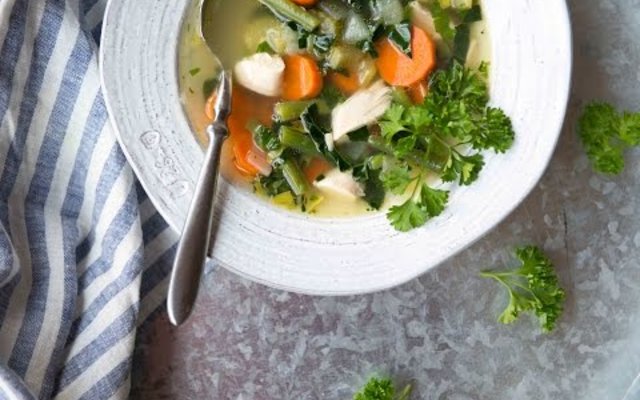
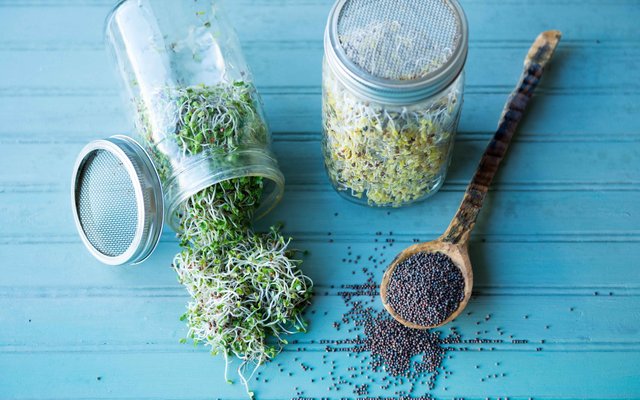
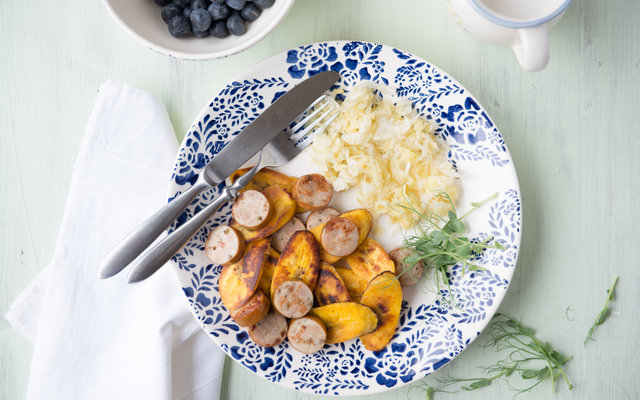
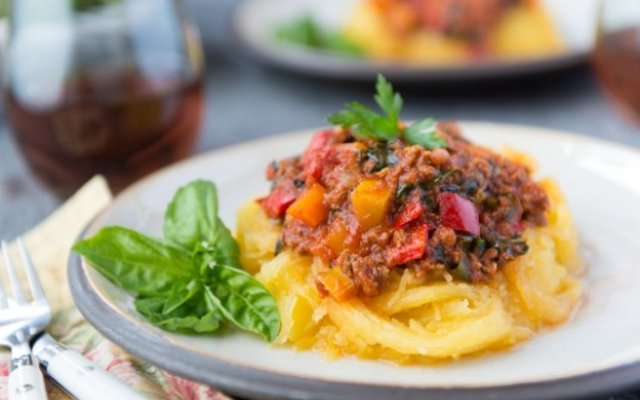
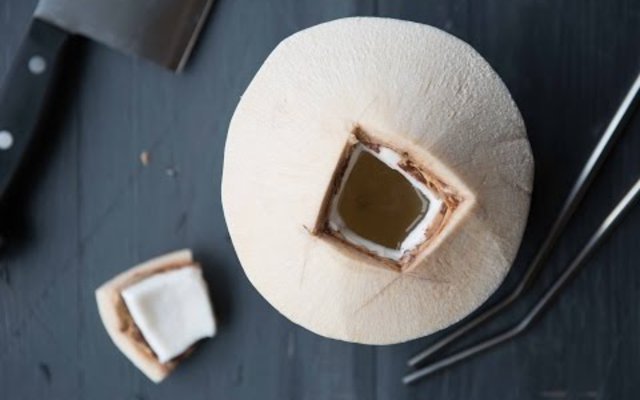
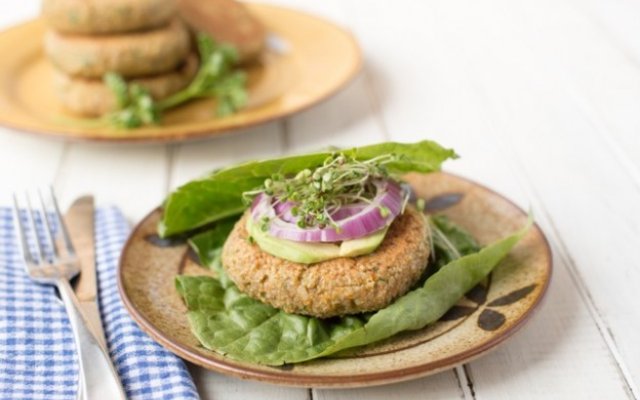
Add new comment